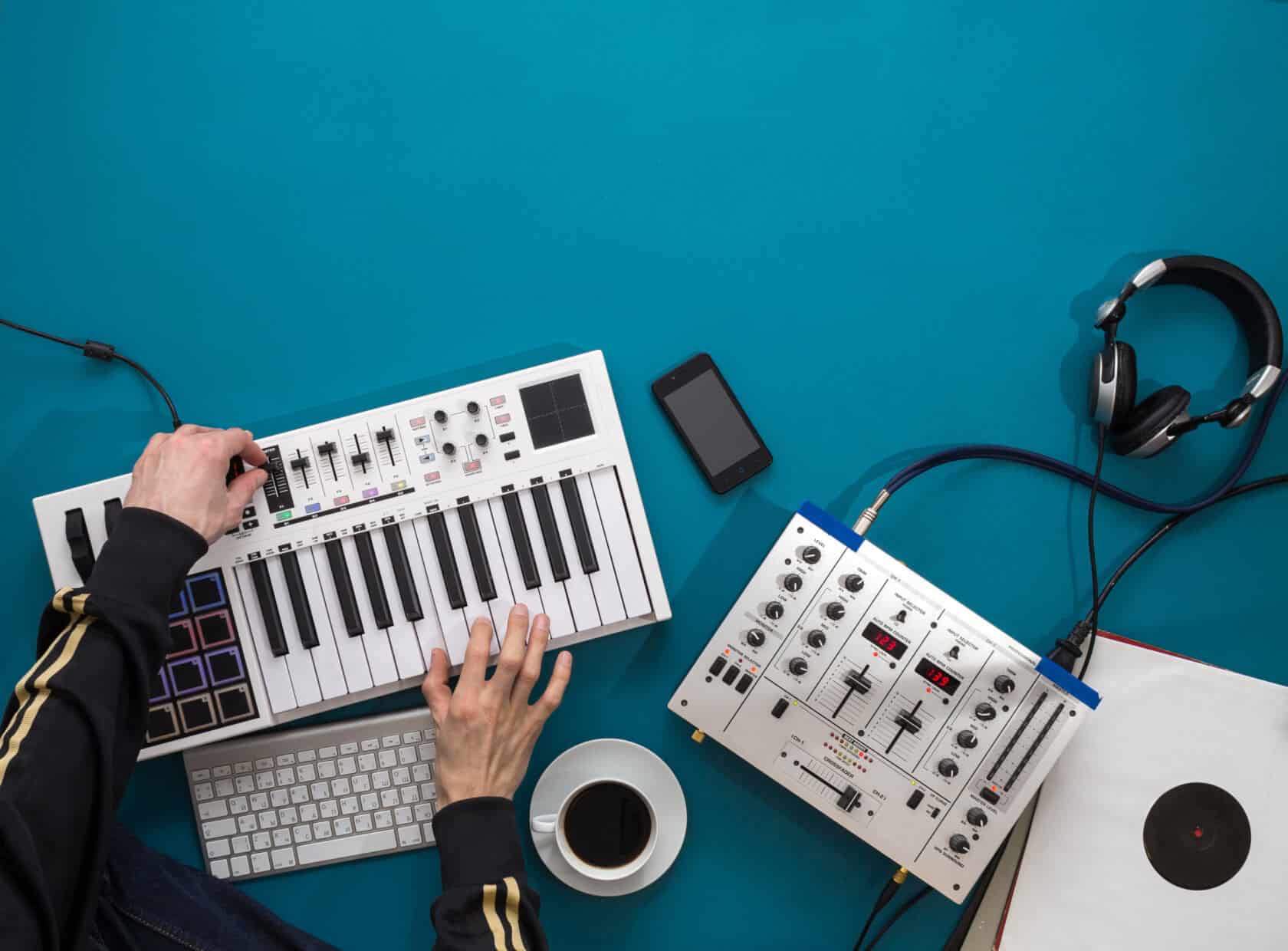Understanding purpose is a key ingredient in discovering suitable musical styles. If a musician's motive is to create music that appeals to the artist, music, mainstream market an artist should focus on the hottest musical styles, genres, and artists of today and consider their style.
No matter how long a musician has been in the music industry, every musical individual starts their career as a beginner, often taking music lessons to develop their talents. With this notion of development, every musician has that one favorite musical genre and in which entices their musical interest. But what makes a genre a musician’s favorite? There are many answers as one can be drawn to rhythmic, melodic, and even performance aspects of distinct genres.
As musicians continue to grow within their musical abilities, being exposed to a wide range of genres becomes apparent as favorite genres may tend to shift. But this is truly beneficial as it allows musicians to break out of their musical comfort zone while allowing a chance to create a well-rounded musical identity for the future. However, defining a sound, style and overall musical Identity can be challenging especially in today’s world of social media, where the competition, along with the growing music market heavily influences a musician’s approach. Here are 6 tips to help musicians find their musical style.
What is Musical Style?
The truth of the matter is that there is no definite meaning for musical style. However, the concept refers to how individuals express their music. Musical style can also pertain to a musician’s musical genre that they acquire, which is usually determined by the public or the nature of the sound the music embodies. Musicians can create their musical style by using different techniques regarding harmony, melody, and even rhythm. Additionally, musicians can pick one genre of focus from hundreds of already existing genres. From indie, metal, pop, and hip-hop musicians can create a hybrid of musical genres to create their musical identity. The challenges would be finding one that suits a musician’s skills and personality while maintaining a high level of authenticity to stand out amongst other artists.
Listen!
Many musicians have probably heard this advice time and time again. To be a well-rounded musician, one must listen to different varying music genres. Once an artists get familiar with a genre, along with finding a high level of inspiration with the genre, the artist can then venture into making their approach unique and special. Additionally, artists should not only listen to genres they fancy. According to MusicHouseSchool.com, musicians should listen to the music they distinct and dissect them. They should be able to define the particular components they dislike as they develop their musical sound.
Follow the Music You Love
Along with listening to songs and musical projects, musicians should also follow the music artists they admire. Whether it’s joining an artist’s email list or following the artist on Instagram or Twitter, musicians can learn a bit more about developing their musical style. Great examples would be learning the composition of Tina Turner songs or watching YouTube performances of Lady Gaga or Beyoncé. Taking notes surrounding their vocal style, music genre, and the emotions one felt while listening or watching their various performances, can help an artist develop their unique style.
Make Mistakes
Much of a musician’s career, requires much experience with “trial and error”. It is completely normal to try and fail constantly in this particular career. In a surprising gesture, trial and error can help music artists identify what style suits them and what doesn’t. Regarding music branding, trial and error also can aid in determining what your target market likes and what they do not.
Stay Consistent
Many musicians from around the world get recognized for their signature musical sound. This can become a huge part of a musician’s branding capabilities. This happens because there is consistency in the musician’s musical style, allowing the music listeners to remember their unique musical abilities. Taylor Swift is a great example in which her distinct music style (songwriting and pop music perspective) continues to be recognizable for the large music listening community. However, In terms of independent artists, it is important to ever confuse consistency with repetitiveness.
What’s Your Purpose?
Knowing a musician’s purpose puts everything into perspective, which allows musicians to quickly find one’s musical style. The overall journey of a musician is influential as it plays a crucial role in defining their purpose. This component aids in determining the musical style.
Understanding purpose is a key ingredient in discovering suitable musical styles. If a musician’s motive is to create music that appeals to the artist, music, mainstream market an artist should focus on the hottest musical styles, genres, and artists of today and consider their style. If a musician is not focused on this notion, the artist must focus on music that fulfills their passion and satisfies their musical interests.
So, the journey of a musician finding their musical style can be a tough and bumpy road. However, through taking the time to listen and learn a wide range of music genres, embracing trial and error, staying consistent and overall understanding an artist’s purpose, an artist will truly find their unique, exciting and authentic music style.
Picture: Shutterstock / ID: 586245296
Looking for some new TV shows to watch this fall?
Support us!
All your donations will be used to pay the magazine’s journalists and to support the ongoing costs of maintaining the site.
Share this post
Interested in co-operating with us?
We are open to co-operation from writers and businesses alike. You can reach us on our email at [email protected]/[email protected] and we will get back to you as quick as we can.










